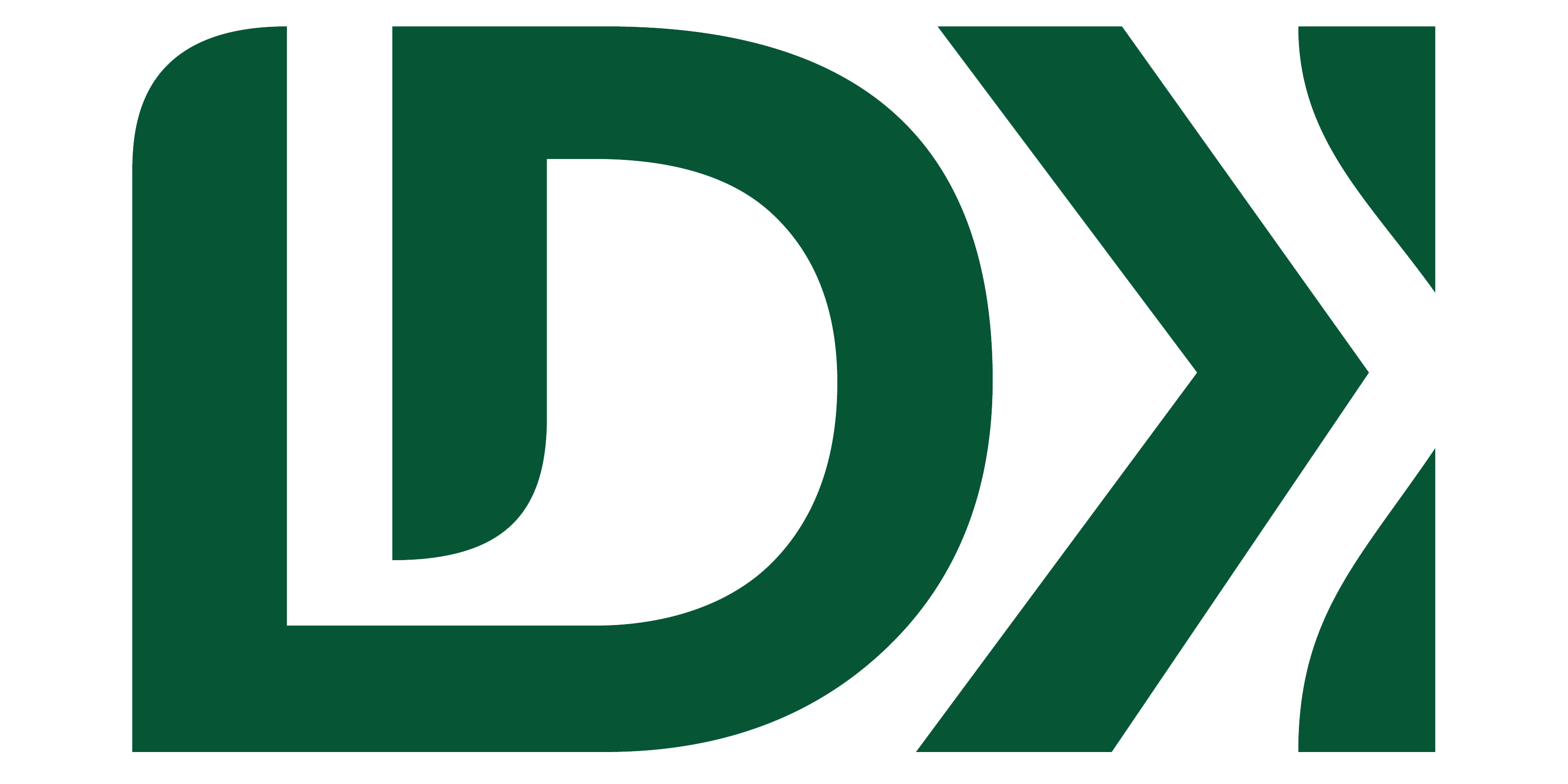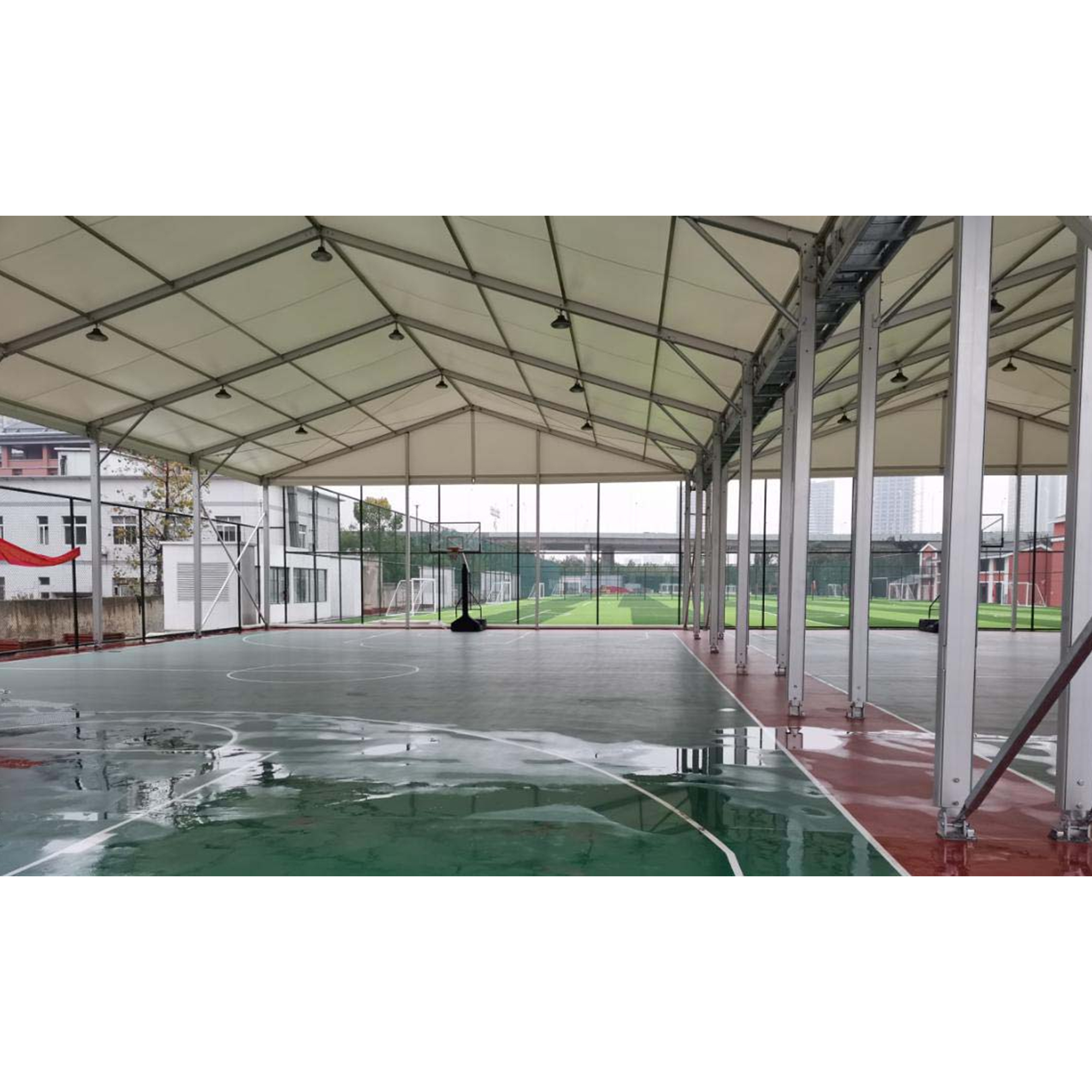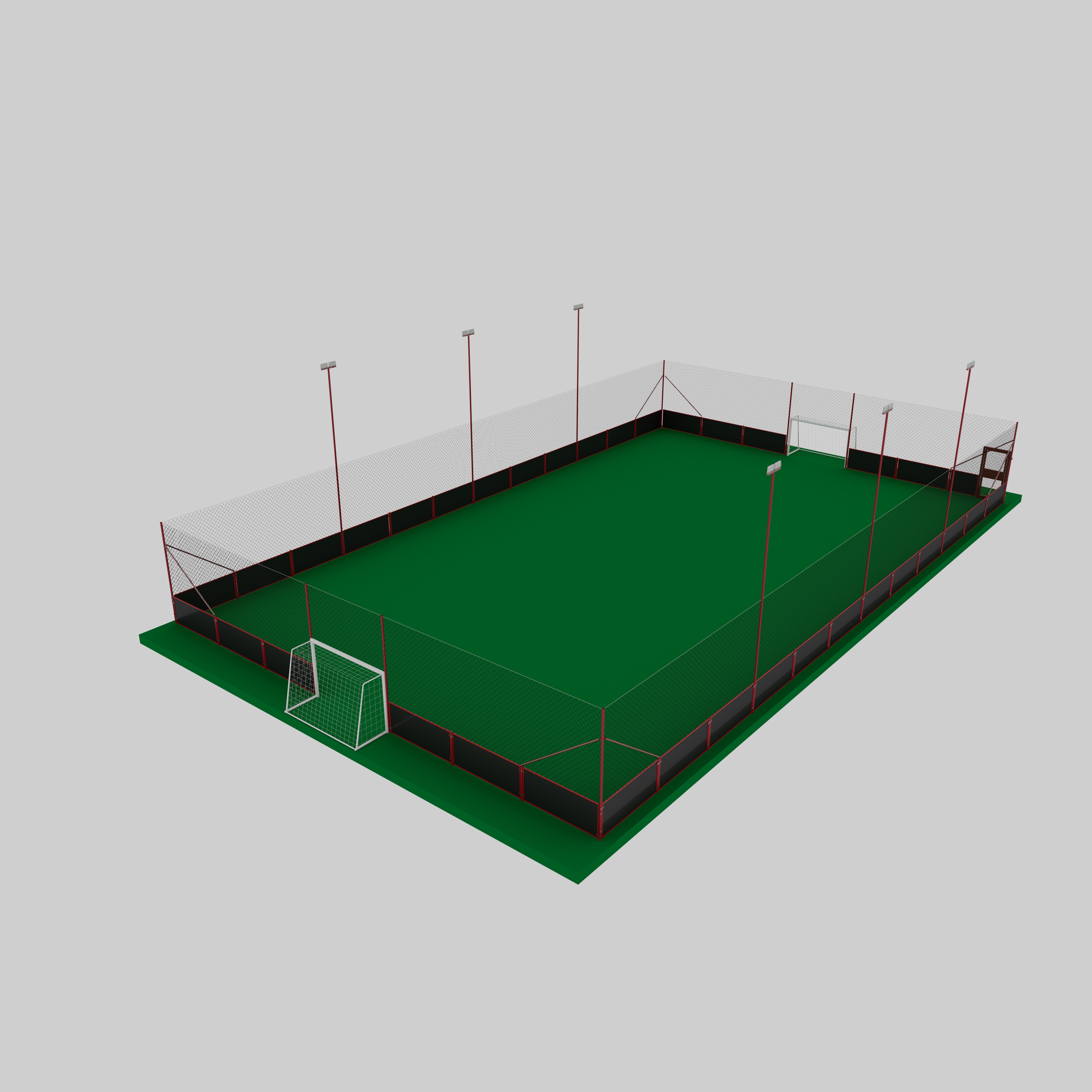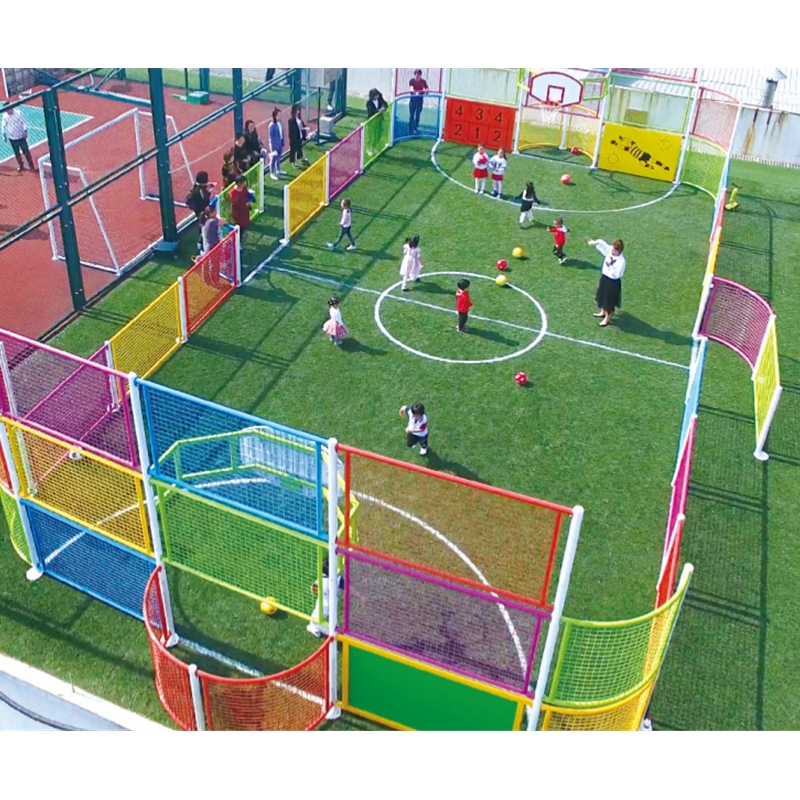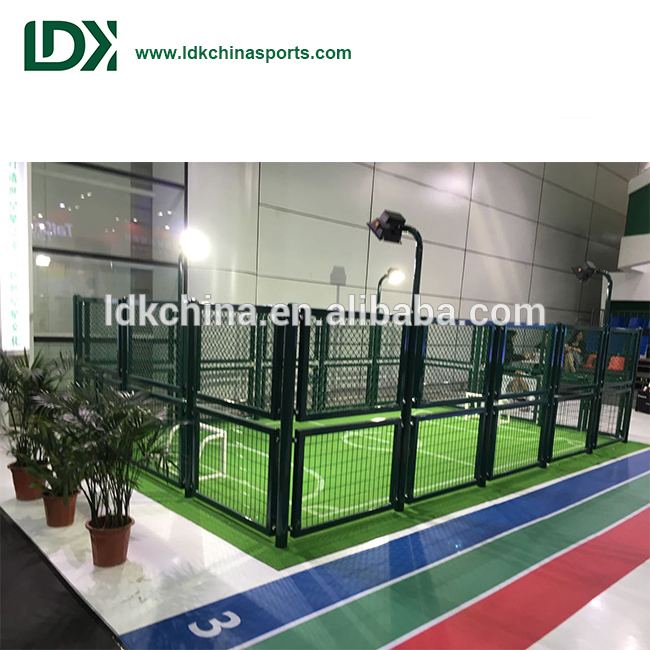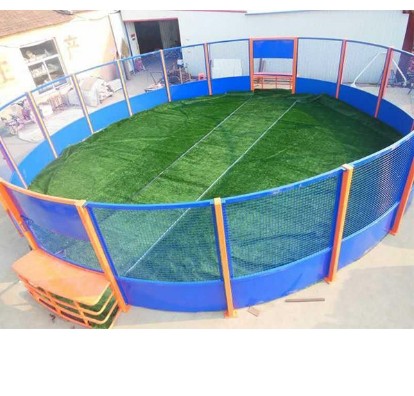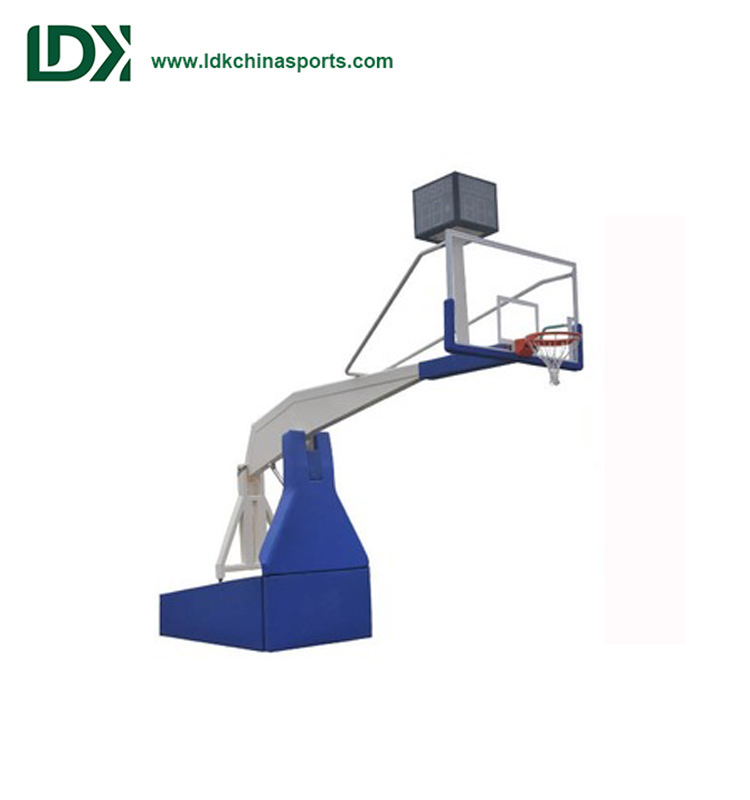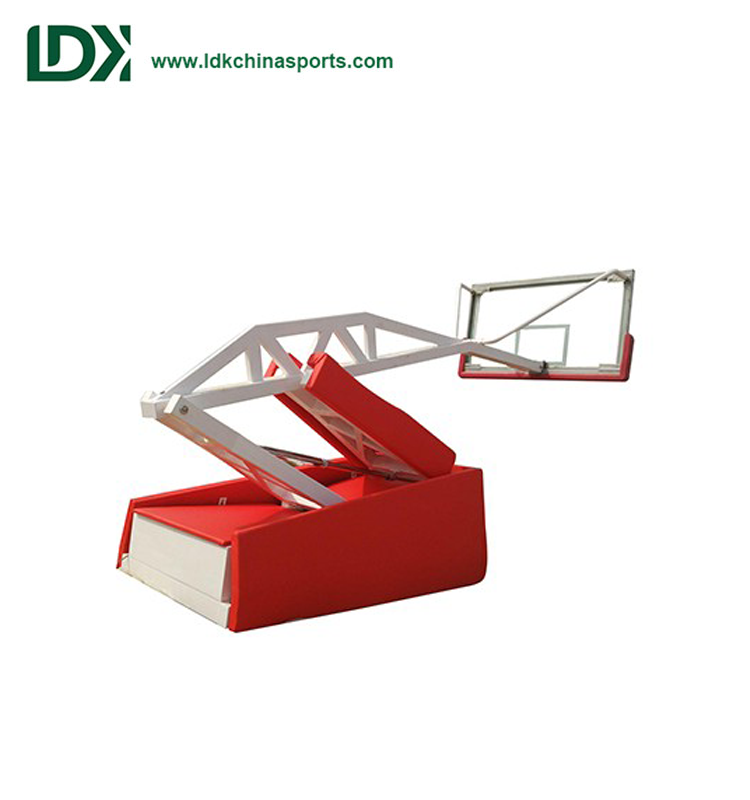1.The definition of Football Pitch
A football pitch (also known as soccer field) is the playing surface for the game of association football. Its dimensions and markings are defined by Law 1 of the Laws of the Game, “The Field of Play”. The pitch is typically made of natural turf or artificial turf, although amateur and recreational teams often play on dirt fields. Artificial surfaces are allowed only to be green in colour.
How Many Acres is a Standard Soccer Field?
A standard soccer field is typically between 1.32 and 1.76 acres in size, depending on whether it meets the minimum or maximum size requirements set by FIFA.
Not all pitches are the same size, though the preferred size for many professional teams’ stadiums is 105 by 68 metres (115 yd × 74 yd) with an area of 7,140 square metres (76,900 sq ft; 1.76 acres; 0.714 ha)
The pitch is rectangular in shape. The longer sides are called touchlines and the shorter sides are called the goal lines. The two goal lines are between 45 and 90 m (49 and 98 yd) wide and have to be of the same length. The two touchlines are between 90 and 120 m (98 and 131 yd) long and have to be of the same length. All lines on the ground are equally wide, not to exceed 12 cm (5 in). The corners of the pitch are marked by corner flags.
For international matches the field dimensions are more tightly constrained; the goal lines are between 64 and 75 metres (70 and 82 yards) wide and the touchlines are between 100 and 110 m (110 and 120 yd) long. The majority of top-level professional football pitches, including those belonging to teams in the English Premier League, measure 112 to 115 yd (102.4 to 105.2 m) long and 70 to 75 yd (64.0 to 68.6 m) wide.
Although the term goal line is often taken to mean only that part of the line between the goalposts, in fact it refers to the complete line at either end of the pitch, from one corner flag to the other. In contrast the term byline (or by-line) is often used to refer to that portion of the goal line outside the goalposts. This term is commonly used in football commentaries and match descriptions, such as this example from a BBC match report: “Udeze gets to the left byline and his looping cross is cleared…”
2.Soccer Goal
Goals are placed at the centre of each goal-line.These consist of two upright posts placed equidistant from the corner flag posts, joined at the top by a horizontal crossbar. The inner edges of the posts are regulated to be 7.32 meters (24 ft) (wide) apart, and the lower edge of the crossbar is elevated to 2.44 meters (8 ft) above the pitch. As a result, the area that players shoot at is 17.86 sq. meters (192 sq. feet). Nets are usually placed behind the goal, though are not required by the Laws.
Goalposts and crossbars have to be white, and made of wood, metal or other approved material. Rules regarding the shape of goalposts and crossbars are somewhat more lenient, but they have to conform to a shape that does not pose a threat to players. Since the beginning of football there have always been goalposts, but the crossbar was not invented until 1875, before which a string between the goalposts was used.
FIFA Standard Fixed Soccer Goal
MINI Soccer Goal
3.Soccer Grass
Natural Grass
In the past, natural grass has often been used to build surfaces for football pitches, but natural grass pitches are expensive and difficult to maintain. Natural grass football fields are very wet, and after a certain period of use the grass begins to degrade and even die.
Artificial Grass
One of the greatest benefits of artificial grass is that it doesn’t fall victim to extreme weather conditions, unlike its natural counterpart. When it comes to real grass, too much sun can dry the grass out, whereas too much rain can drown it. Since natural grass is a living thing, it’s very sensitive to its environment. However, this doesn’t apply to synthetic grass as it is crafted from man made substances that aren’t affected by environmental factors.
As previously mentioned, natural grass is extremely sensitive to environmental conditions, which can result in patchiness and dis-colouration. The level of sunlight within your garden won’t be consistent across the entire area, consequently, certain sections will be bald and brown. Additionally, grass seed requires soil to grow, meaning that areas of real grass are extremely muddy, which is greatly inconvenient. Furthermore, unsightly weeds will inevitably grow within your grass, contributing to the already tiresome maintenance.
Therefore, synthetic grass is the perfect solution. Not only is it unaffected by environmental conditions, but it doesn’t allow weeds to grow or mud to spread. Ultimately, artificial lawn allows for a clean and consistent finish.
4、How to build a perfect football pitch
If you want to build the perfect football field, LDK is your first choice!
Shenzhen LDK Industrial Co., Ltd is a sports equipment factory covering 50,000 square meters with one-stop production conditions and has been dedicated to the production and design of sports products for 41 years.
With the production principle of “environmental protection, high quality, beauty, zero maintenance”, the quality of the products is the first in the industry, and the products are also praised by customers. At the same time, many customers “fans” are always concerned about our industry’s dynamics, accompanying us to grow and make progress!
Complete Qualification Certificate
We have lSO9001, ISO14001, 0HSAS, NSCC, FIFA, CE, EN1270 and so on, every certificate could be made according to client’s request.
Focus on the field of sports facilities
FIFA Approved Artificial Grass
Full Set of Equipment
Customer Service Professional
Publisher:
Post time: Jan-24-2024
